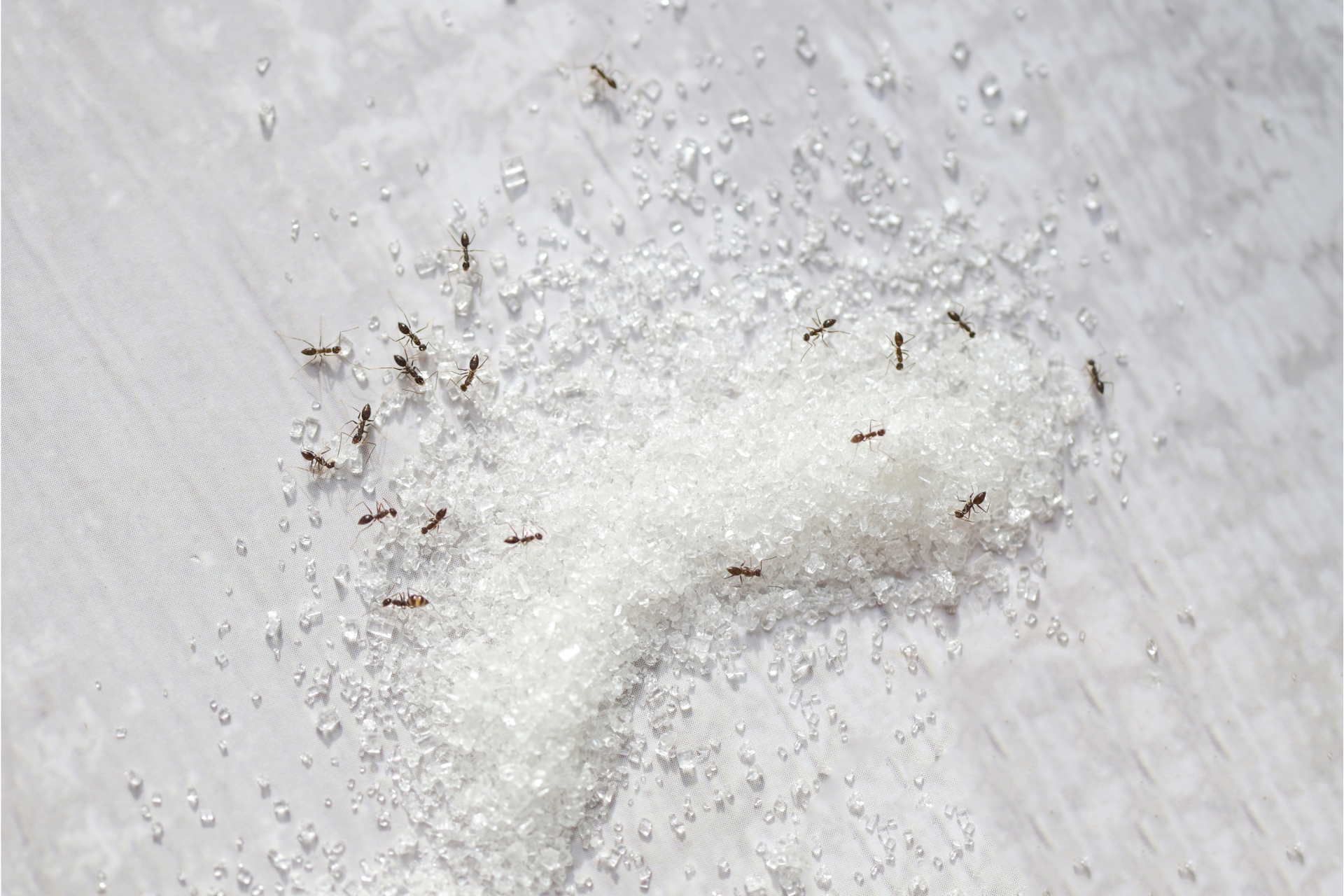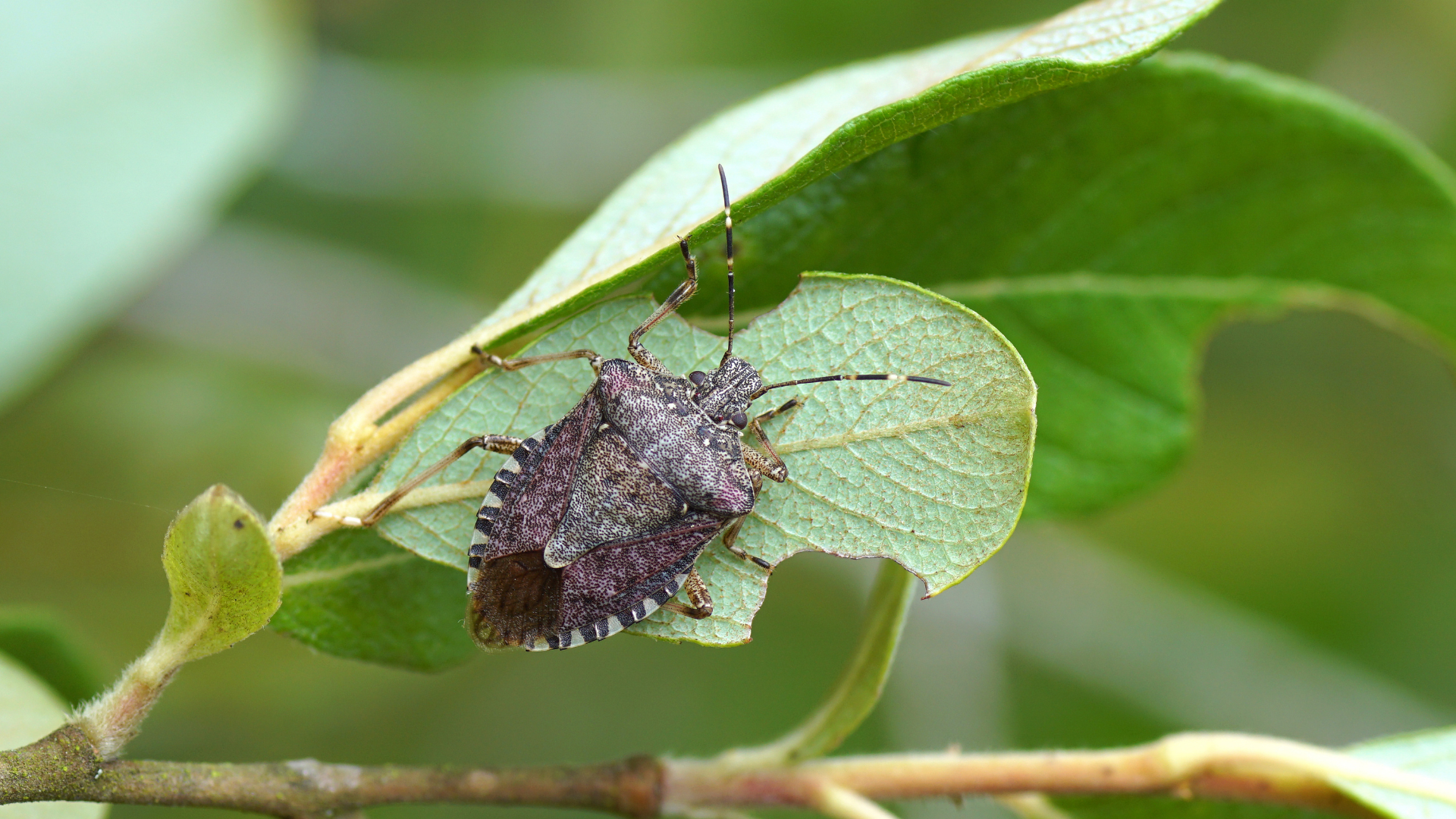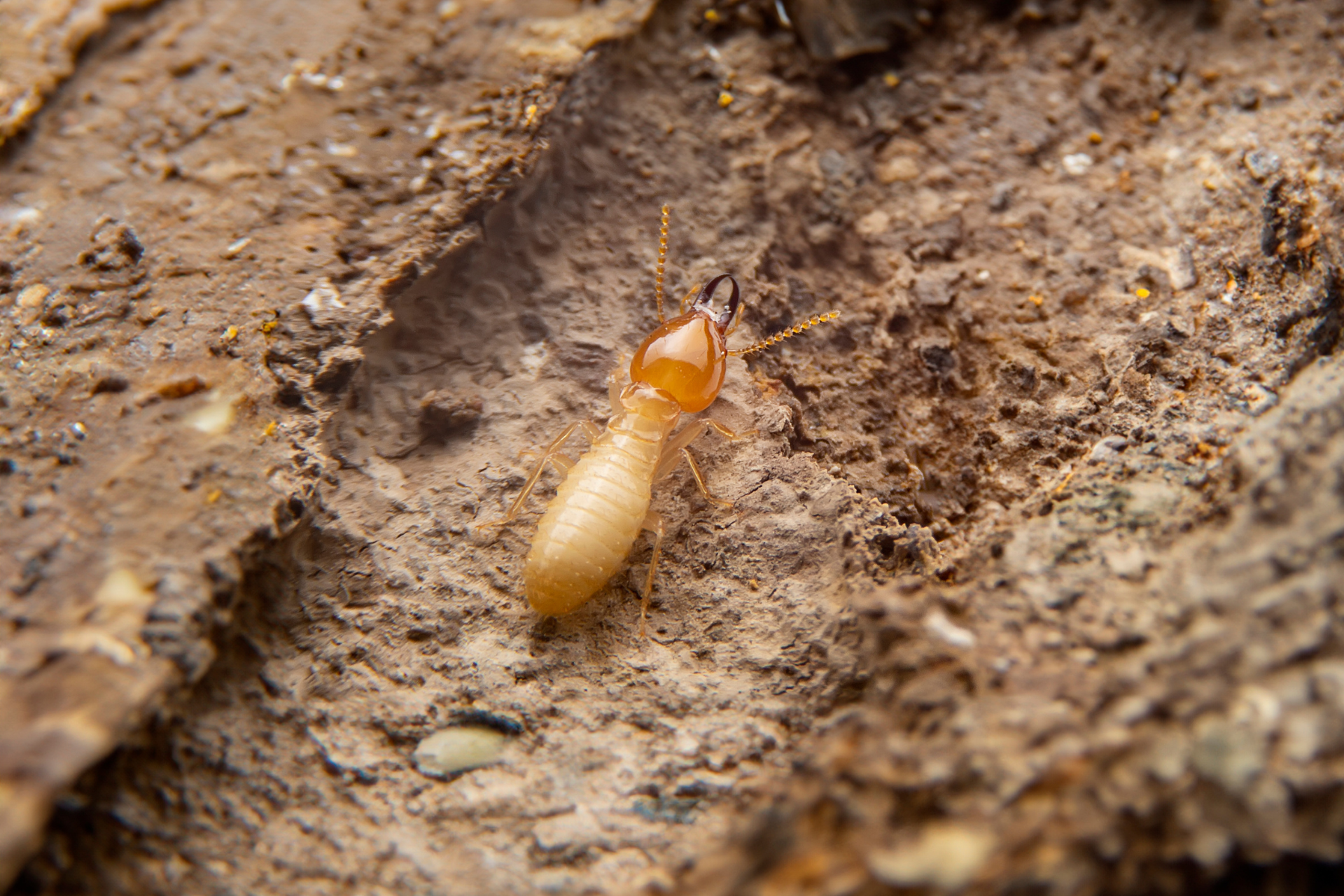The Link Between Insects And Spider Infestations
Spiders Follow The Food: Insect Activity Inside Homes
There’s something unsettling about finding a spider in the corner of the room. It doesn’t matter how big or small it is—those long legs, quick movements, and web-spinning habits make them unwelcome guests in most households. But these nuisance bugs usually aren’t just randomly showing up. They’re not exactly wandering in by accident or trying to make your home theirs just for fun. What’s really drawing them in is far more tactical than most people realize.
These arachnids are hunters, not freeloaders. They don’t rely on your leftovers, crumbs, or the dog food bowl in the laundry room. They’re looking for prey, and homes that are already dealing with bug problems—whether it’s ants trailing along the baseboards or flies buzzing near the windows—become prime real estate for these eight-legged predators. In a way, their in your home is often a symptom of another issue: you’ve got other bugs.
Understanding the connection between insect populations and spider infestations is key to figuring out why the latter are there in the first place—and what to do about it.
Following The Food
When you think about a spider’s life, it’s centered on the hunt. Some sit patiently in webs and wait, while others are more active, stalking their prey across walls and ceilings. But in both cases, their entire survival depends on finding a consistent source of food. That’s where your home comes into play.
Homes with a noticeable presence of insects—like gnats, houseflies, mosquitoes, beetles, or even tiny pantry moths—are pretty much waving a big welcome flag to nearby predators. Once inside, spiders can tuck themselves into quiet corners or behind furniture, waiting for the perfect time to strike. A single fruit fly or two might not be enough to tempt them, but if there’s a steady buffet of flying or crawling insects, it’s only a matter of time before larger, hungrier pests catch wind of it.
Many people spend time dealing with the spider itself without realizing what brought it in. You might sweep away the webs, vacuum the corners, or plug in a repellent, but as long as the insects remain, spiders will keep finding reasons to return.
So, if web-spinning invaders are showing up again and again, the problem may not be what you think—it could be something deeper, a quiet invasion of smaller pests that has gone unnoticed.
The Domino Effect Of Neglecting Bug Problems
Ignoring a minor insect problem might seem harmless at first. A few ants here and there, a rogue moth in the kitchen light, a single fly that just won’t quit—it doesn’t feel like a big deal. But pests don’t typically stay small in number. Once they find something they like—a crumb-filled counter, a leaking pipe, a forgotten bag of dog treats—they tend to invite their friends.
And that’s when the spider connection kicks in.
Let’s say you’ve got a fly issue in the warmer months. The trash can doesn’t seal quite right, and banana peels get tossed in without a second thought. It attracts a few flies, which turn into a lot of flies, and before you know it, you’ve got a few sticky traps filling up faster than expected. Suddenly, those flies are attracting spiders. You might not notice it right away—just a web in the corner here or a brown blur disappearing behind a cabinet there—but they’re hunting.
The more prey available, the more spiders will stick around. If the food supply is consistent, they can start breeding. A few weeks later, their babies are crawling across the ceiling, and now it’s not just one or two crawlers sneaking around. It’s a full-on infestation, all because something as small as a fly problem wasn’t addressed in time.
This cycle is especially common in basements, attics, or garages—places where moisture builds up, bugs sneak in, and humans don’t spend a lot of time looking. These quiet, undisturbed spaces are like gold mines to spiders on the hunt. And once they’ve settled in, getting rid of them takes more than a quick sweep.
It’s Not Just Flies That Invite Trouble
While flying insects are a major draw, they’re not the only culprits. Ants can be just as problematic, especially for certain species that don’t mind chasing crawling insects across the floor or snatching them up mid-trail. Homes with steady ant activity—particularly around food prep areas or along window sills—are often unknowingly feeding a much larger issue.
Roaches, too, bring in their own problems. They're incredibly common in certain environments, and if they’re finding food, warmth, or moisture in your home, spiders may not be far behind. Cockroaches, in particular, are a solid protein source for larger species that can’t survive on gnats alone. Beetles, silverfish, and even earwigs can all serve as meals, depending on the type and how desperate it is.
The key takeaway here is that seeing eight-legged pests in the corners of your home are rarely a stand-alone problem. You can remove the spider, knock down the web, and spray the corners all day long, but if there’s a steady population of insects in your home, you’re just treating symptoms, not the cause.
Spiders are opportunists. They don’t build webs where there’s no food. They don’t linger in places that aren’t rewarding. If you’re spotting them regularly, it’s worth asking what’s really going on behind the scenes—and more often than not, it starts with bugs.
A Smarter Approach
People often jump into DIY treatments when they see spiders: peppermint sprays, sticky traps, ultrasonic devices. Some work temporarily, some don’t work at all, and some give the illusion that the problem is gone—until it isn’t. The real solution lies in figuring out why the invaders are there in the first place and eliminating what they’re feeding on.
That’s where professional pest control really makes a difference. Instead of chasing individual stragglers, it targets the underlying environment. It means identifying which insects are living in or around your home and stopping them from setting up shop in the first place. Once the food source dries up, the hungry hunters lose interest.
It’s not about wiping out every last bug—because let’s be real, no home will ever be entirely insect-free—but it is about shifting the balance. When insects are under control, spiders have no reason to stick around. That’s when real, lasting results happen.
At Star City Pest Control, this is exactly how we handle it. We don’t just spray and hope for the best. We look for patterns, check for entry points, identify the real reason spiders are showing up, and deal with the broader ecosystem that’s feeding them. Whether it’s a seasonal fly problem, an unnoticed trail of ants, or hidden moisture drawing in pests, we’re here to find it and fix it.
If you’ve been seeing more spiders lately or you’re tired of clearing cobwebs just for them to reappear,
contact us today. Let’s figure out what’s really attracting them and stop it at the source. At Star City Pest Control, we understand how these things work together—and we’re ready to help you reclaim your space.










